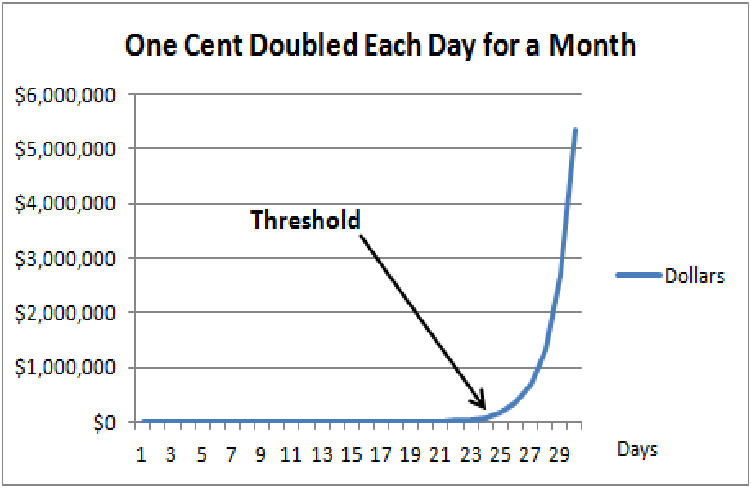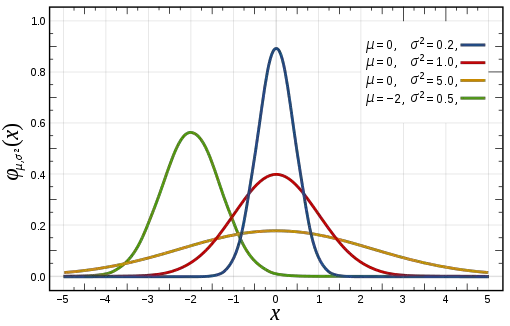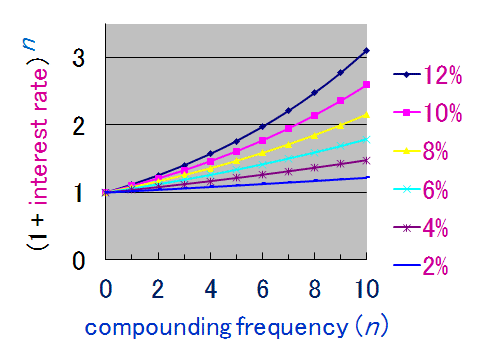Why Luck Isn’t Real
In a world where the idea of luck often clouds our perception of success and failure, it’s time to unravel the truth behind this commonly held belief. Is luck a real force shaping our lives, or is it merely a convenient excuse for the unexplained twists of fate? This article dives deep into why the […]
Why Luck Isn’t Real Read More »








